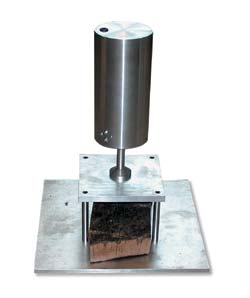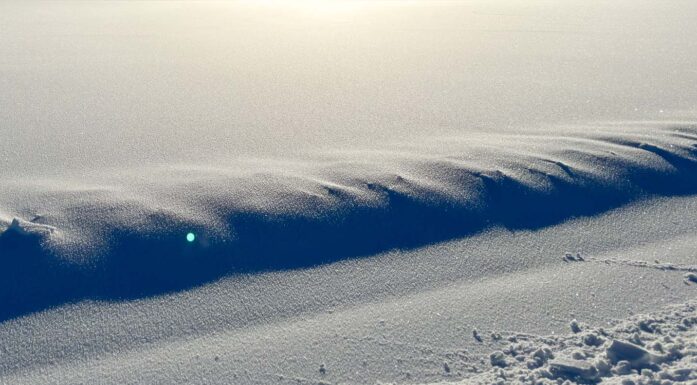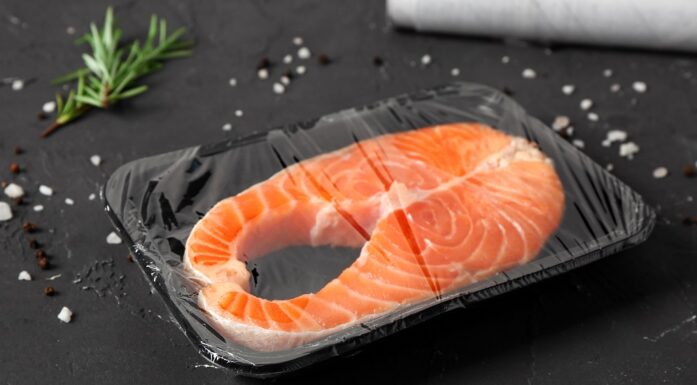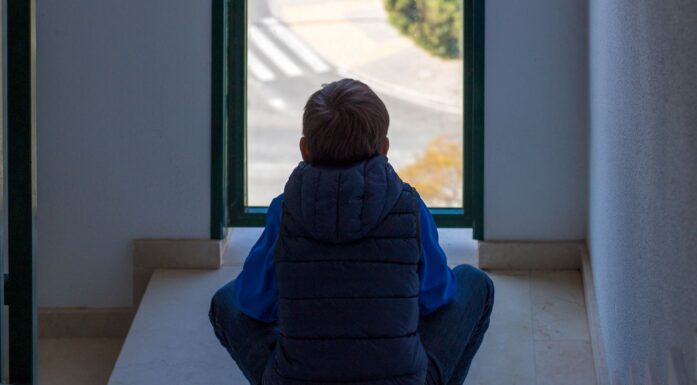Quality cork for a noble product
Norwegian researchers are developing a tool to check the quality of cork. This will prevent bark from unnecessarily being peeled from oak trees and give the owners more control over their product.
Examining cork has been a craft in Spain and Portugal for hundreds of years. These two Mediterranean countries produce around 80 percent of the world’s cork. New generations are not interested in learning the subject and the craft is in the process of disappearing.
The cork producers have to harvest the bark from the trees. In order to examine the quality of the bark and determine if it is ready for harvesting, they peel off a strip measuring around 10cm by 10cm. However, they never know if the sample is representative of the entire grove or whether all the cork on a tree is alike. Taking a lot of samples is not a good option as the condition of the tree deteriorates and, in the worst case, the tree can die.
The tool
Through an EU CRAFT project, SINTEF was invited to participate in the task of developing a tool to show the properties of cork – the raw material. With this knowledge, it will be possible to attain the highest quality and, in doing so, get the best possible price.
The researchers have, in co-operation with universities in Spain and Portugal and the Norwegian company Scansense, developed a motorised laboratory version of a tool to measure bark quality. The tool is currently being tested at laboratories in Spain and Portugal.
This experience will be used in the development of a non-motorised version that can be used by the farmers out in the field. This will be tested during next year’s harvest.
The two-year project is being supported by the EU Commission.
“The tool will give us the connection between measuring and quality,” says Geir Mathisen of SINTEF. “It consists of a needle that is pressed into the bark. A force sensor measures the strength of the force together with the electrical conductivity of the bark little by little as the needle is pushed in.”
The user receives measurements of the bark’s porosity, humidity, density and thickness.
Patience
A large, healthy tree provides around 16 square metres of cork. On the face of it, this is good production. However, when around 50 years is needed from planting until the first bottle cork is produced, it requires patience.
The first cork is harvested 30 years after planting. The quality of this first harvest is always poor and the cork can only be used, for example, for floor coverings, ground up or glued together to form products, all of which derive low prices. The owner must wait another nine years until the next time cork can be extracted. Not until the third harvest, after an additional nine years, can owners expect a raw material of sufficient quality to produce wine corks for the first time.
“The thickness also comes into play”, says Mathisen. “The bark must be thicker than the diameter of a wine cork”.
The project concerning wine corks and measuring has generated considerable international interest.
Wine-producing countries like the United States and Australia have slowly but surely moved to plastic corks since they do not produce cork themselves. Now the traditional cork producing countries of the Mediterranean want to show that they take cork seriously and that they have research on their side. In Spain, people are even doing doctorates on the subject.
“No one knows a lot about how plastic will influence wine, particularly when it’s maturing. On the other hand, wine makers have experience with cork dating back generations”, says Mathisen. “I don’t think we should lose this knowledge”.
By Åse Dragland





